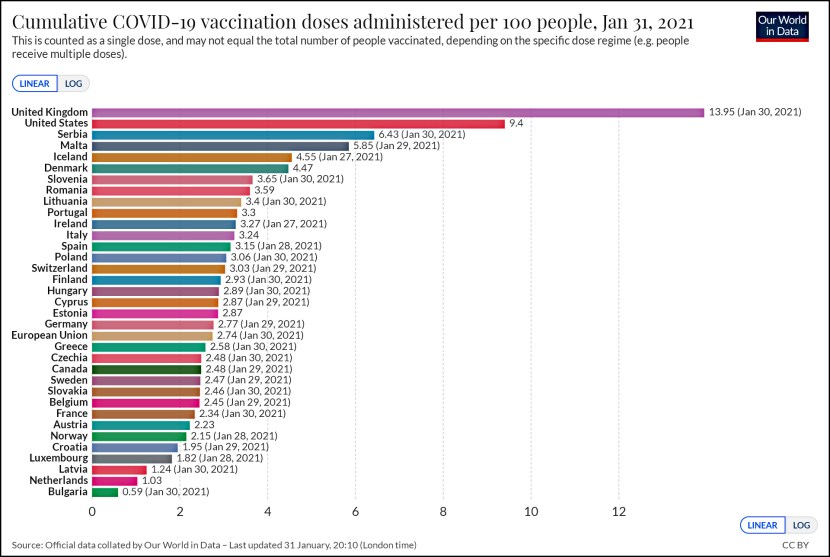From the Washington Post today:
Thirty-three members of Congress have directed more than $300 million in earmarks and other spending provisions to dozens of public projects that are next to or within about two miles of the lawmakers’ own property, according to a Washington Post investigation.
Under the ethics rules Congress has written for itself, this is both legal and undisclosed.
The Post analyzed public records on the holdings of all 535 members and compared them with earmarks members had sought for pet projects, most of them since 2008. The process uncovered appropriations for work in close proximity to commercial and residential real estate owned by the lawmakers or their family members. The review also found 16 lawmakers who sent tax dollars to companies, colleges or community programs where their spouses, children or parents work as salaried employees or serve on boards.
The Post story includes descriptions of a bunch of these earmarks, and some of them sound pretty self-serving, others not so much. But I have to admit that the first thought that crossed my mind when I read this was: “Really? Dozens? That’s a lot less than I would have expected.”
Here’s the thing. Congress approves about 10,000 earmarks a year. So that means something on the order of 40,000 earmarks since 2008. At a guess, if 40,000 earmarks were distributed by throwing darts at a map, more than a few dozen would come up near members’ homes. In other words, if anything, members seem to be actively trying to keep earmarks away from their homes.
I hope the Post uncovers some funny business here. That would be fun. I’m also aware that I’m more geekish about this stuff than most people. Still, I wish that when stories like this got published, the reporters would do at least a little bit of statistical due diligence. Is “dozens” a lot or a little? I know that math is boring, but a little context would go a long way here.

















